Windows 11: Latest updates bring a wave of new features
If you think you understand Microsoft’s strategy for Windows feature updates, it’s time for a reset. With Windows 10, Microsoft experimented with feature updates during the chaotic first year or two, even assigning marketing names to each big feature release: Anniversary Update, Creators Update, and so on. Eventually, they settled on a predictable schedule for feature updates, with major releases every six months, typically in March/April and September/October.
Those feature updates were designed to be delivered through Windows Update and are, for all intents and purposes, full Windows version upgrades.
With the launch of Windows 11, Microsoft dialed back that schedule, committing to delivering these sometimes-disruptive feature updates only once each year, in the second half of the year. (That decision was also applied retroactively to Windows 10.)
Reasonable people might have assumed that the schedule change meant Microsoft was thereby committing to not delivering any new features outside of those annual end-of-year feature updates. LOL, as the kids like to say.
At the end of February, Windows boss Panos Panay rattled off a laundry list of “new experiences” (that’s Microsoft-speak for features) in a lengthy blog post.
Many of those changes will arrive this week, as part of the March Patch Tuesday update. That’s right on schedule for what would previously have been a semi-annual feature update. It also raises a bunch of questions, starting with the obvious one.
Is this a Windows feature update?
Well, no.
The new features rolling out in the March updates were previewed in the February 2022 non-security update (aka the 2022-02 Cumulative Update for Windows 11 for x64-based Systems [KB5010414]). Other new features will arrive as app updates from the Microsoft Store and through what Microsoft refers to as “servicing.”
That might seem like enough to qualify as a feature update, but there’s a crucial difference. This update checks in at a relatively lightweight 230 MB on x64 systems. That’s about one-tenth of the size of what a Windows 10 feature update used to clock in at.
The first official Windows 11 feature update is due in late 2022.
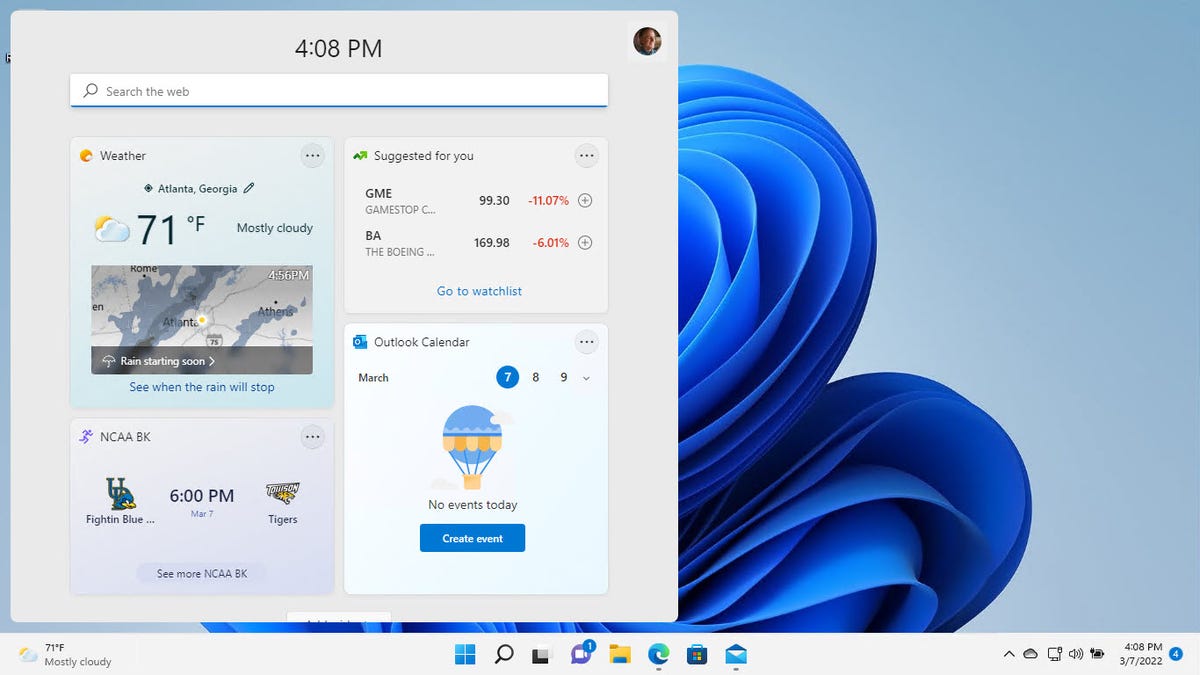
There’s now a Weather icon at the far left side of the taskbar (where the Start button used to be), which shows the current temperature and a brief forecast.
What are these new Windows 11 features?
The new feature Microsoft has chosen to highlight is the Windows Subsystem for Android, which allows Windows 11 users to download and install a “curated” (that means small) selection of Android apps from the Amazon Appstore. This feature isn’t installed automatically, and it doesn’t require the latest Windows 11 cumulative updates. More on that in a minute.
Another group of new features are focused on the Windows 11 taskbar. There’s now a Weather icon at the far left side of the taskbar (where the Start button used to be), which shows the current temperature and a brief forecast. Clicking that icon opens the Widgets pane. If you don’t want either one, you can hide the Weather icon by turning off the Widgets option in Taskbar Settings.
On multi-monitor setups, Windows 11 now displays a clock on the second display. Some Windows watchers might argue that this is not a new feature but a bug fix, and it’s hard to argue with that.
For audio calls using Microsoft Teams with a work or school account, the microphone button on the taskbar now allows you to mute and unmute your audio with a single click. Likewise, buttons at the bottom of every app window allow you to share that window (and only that window) with the current Teams call.
Two “redesigned” apps with very familiar names, Media Player and Notepad, are also available.
What does the new Media Player app do?
Microsoft has a rich history of attaching confusing names to new products, but they’ve really outdone themselves this time.
If you’re running Windows 11, at some point soon you will find that the Microsoft Store has automatically installed a new app called Media Player on your PC. This app is, in fact, the replacement to the ill-fated Groove Music, which in turn had followed the even more ill-fated Zune Music, which …
Well, you get the idea.
Anyway, the best part of the story is that the absolutely ancient Windows Media Player program (Wmplayer.exe) still exists on Windows 11, with its Windows Vista-era theme intact. It still allows you to rip CDs and can still sync with your 20-year-old MP3 player, if you insist.
Meanwhile, the new Media Player is a rebranded version of the Groove Music app that’s just as good-looking as its predecessor and equally irrelevant for any music fan who doesn’t own a 20-year-old MP3 player.
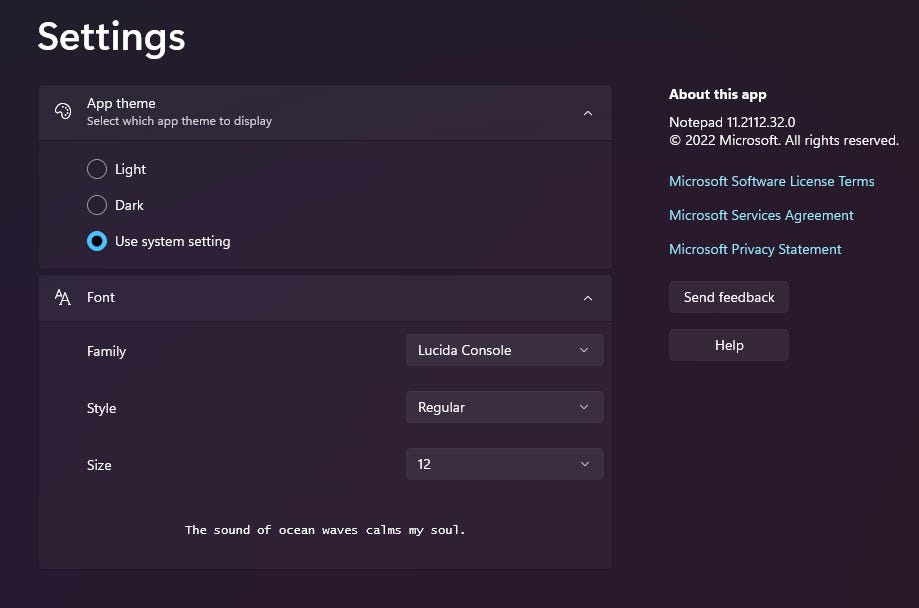
After years of being mostly ignored, Notepad finally gets a refresh in Windows 11.
What’s in the new Notepad app?
If you were to look for the most anodyne of all Windows utilities, the extremely basic Notepad text editor would certainly be on the list of finalists. After years of being mostly ignored, it finally gets a refresh in Windows 11.
The biggest change in the new Notepad is that it’s a so-called modern app, installed and serviced via the Microsoft Store. Other than that, the list of new and changed features is pretty slim:
- It now supports dark themes, so you don’t have to deal with the blinding white background when editing a text document in a dark room.
- Multi-level Undo (Ctrl+Z) is supported, along with a Redo feature that isn’t on the menus but works with the Windows-standard Ctrl+Y shortcut.
- The menus have been simplified slightly.
That’s not really a lot in the way of new features, and most people who want a full-featured text editor will choose a third-party app like Notepad++ or Atom. More than anything, the Windows Notepad app update says less about the app and more about how Microsoft is concentrating its development resources on Store apps rather than traditional Win32 programs.
What’s the deal with Android on Windows 11?
I looked at the Windows Subsystem for Android last month and was, to put it charitably, underwhelmed. Limiting the app selection to a subset of apps in the Amazon Appstore means there are very few apps that deliver any meaningful value on a full-sized touch-enabled Windows laptop. The one exception is Amazon’s own Kindle app running on a Surface tablet like the Surface Pro X or the smaller Surface Go 3.
Be aware also that the Android subsystem demands some fairly hefty resources. For full details, including installation instructions, see “Android on Windows 11: Is it worth the effort?”
Will Android apps from the Google Play Store work on Windows 11?
Microsoft has already embraced Android on its own mobile devices, including the Surface Duo and Surface Duo 2. They’ve also partnered with Samsung on some Android-specific integrations.
But integrating Google’s store into the Windows platform is probably a bridge too far for Microsoft, which isn’t keen on the prospect of allowing Google to sink its hooks into Windows. On the unlikely chance that the Windows Subsystem for Android becomes a surprise hit, those negotiations might heat up. But don’t hold your breath.
Did Microsoft bring Internet Explorer back?
Not exactly.
If you read the support document announcing the changes in this release of Windows 11, you’ll see multiple references to “Internet Explorer mode,” including one new feature: the ability to share cookies between Microsoft Edge Internet Explorer mode and Microsoft Edge. That feature allows Windows 10 users to open older sites that were originally written for Internet Explorer in a sandboxed Microsoft Edge tab. This feature is a big deal for enterprise customers with legacy apps, but it’s not something consumers and small businesses are likely to use.
Does any of this stuff work on Windows 10?
Any changes to the Windows shell are specific to Windows 11, so don’t expect to see them on the older OS. Likewise, the Windows Subsystem for Android is a Windows 11-only feature. To run Android apps on Windows 10, you’ll need a third-party solution like Bluestacks.
The new Media Player is also MIA for Windows 10. Curiously, its listing in the Windows 11 Store shows the old name, Groove Music, with an updated version number of 11. The listing for the same app displays as version 10 on Windows 10. Besides the name, it’s hard to spot any substantive differences.
As for the new Windows Notepad, no, you can’t install it on current versions of Windows 10. Its Store listing notes that the minimum requirements for this product include Windows 10 version 19541 or later. That version is currently available only as an Insider Preview. Check again at the end of the year, after Windows 10 22H2 is released.
Are these surprise feature dumps going to be a regular thing?
Well, yes. In that February blog post, Panay says the company plans to release new features more frequently.
As today’s release shows, we’re committed to delivering experiences into Windows 11 that enrich and inspire people’s lives. Over time, you’ll see us release new features into Windows 11 for end users more frequently in addition to our annual update. We will leverage the variety of update mechanisms we have in place including servicing and Microsoft Store updates. Our goal is to deliver continuous innovation, providing you with the best experiences year-round.
The good news is that the big disruptive feature updates, which can take 30 minutes or more to install, will only arrive once a year. And with a 24-month support window for Windows Home and Pro editions, you can even move to an every-other-year schedule for PCs you manage.
But if you want a Windows version whose feature set is frozen and won’t change from month to month, maybe you’re best off sticking with Windows 10 for now.

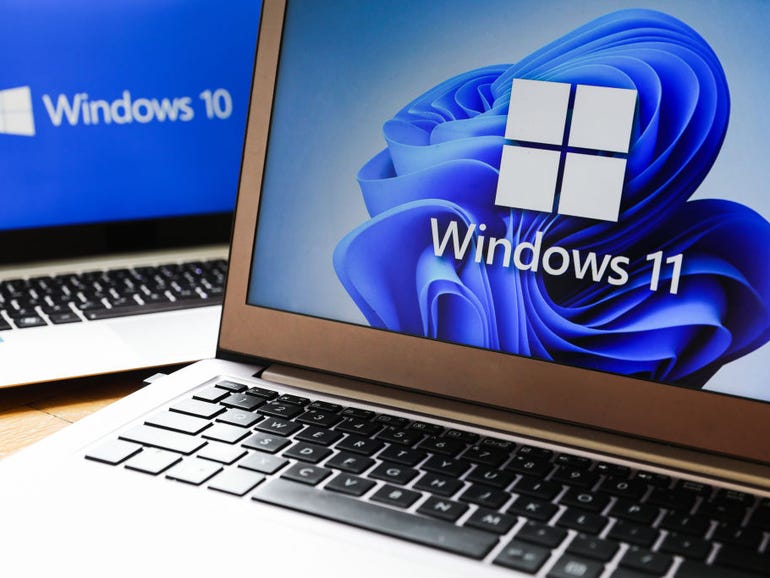
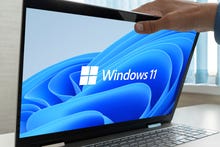

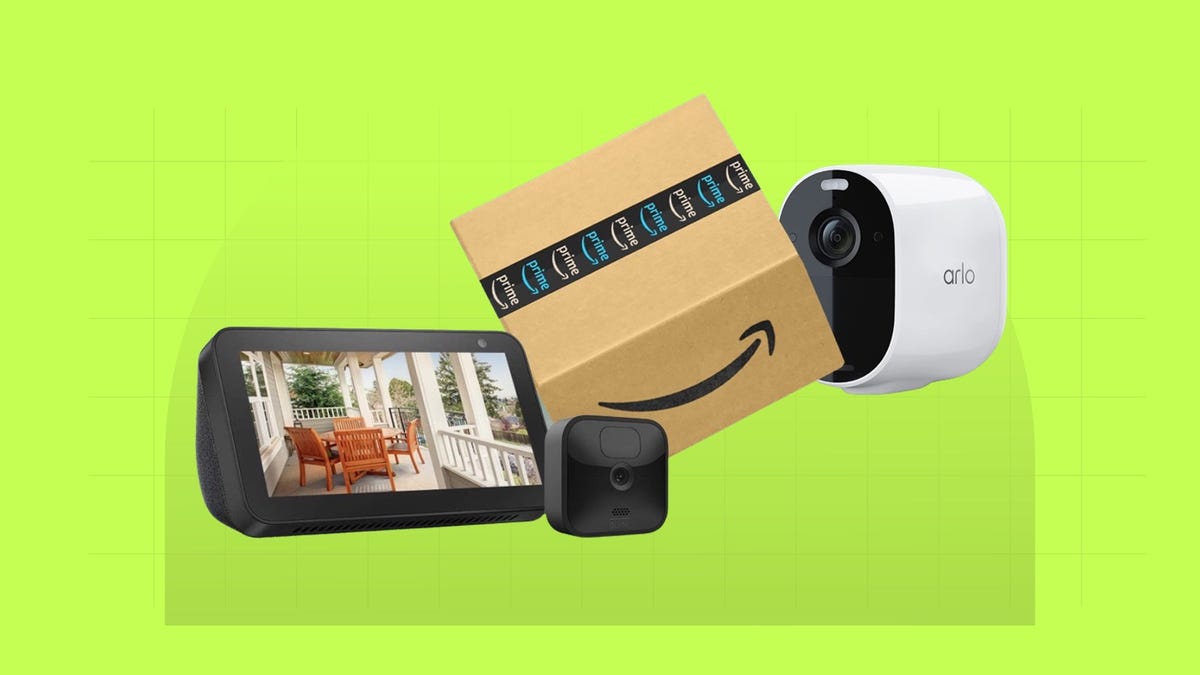

Pingback: pay off debt
Pingback: Best microdose mushroom
Pingback: สล็อตเว็บตรง
Pingback: Bk8